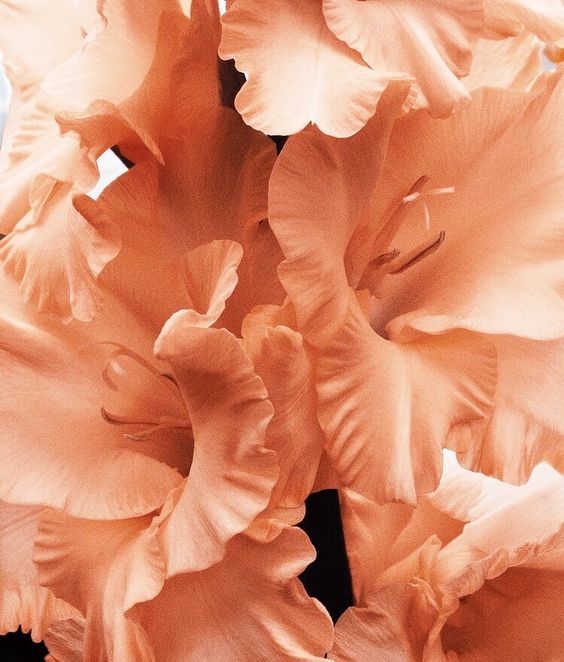Your period
If this egg does not embed, then a few days later the body’s progesterone and oestrogen levels plummet, signalling for the womb to stop thickening it’s lining. Because there is no fertilised egg to embed, the lining starts to degenerate and shed. It is this blood and tissue leaving the body that forms our periods. During this time, the womb takes anywhere from 3-7 days to shed its lining, after which the cycle starts all over again. Technically this is the menstruation part of the cycle.
Soon after, the ovaries begin to secrete oestrogen again and the womb begins thickening, getting ready to accommodate a fertilised egg or be shed – the pre-ovulation stage. Hormones continually control these activities by circulating ideal amounts of progesterone or oestrogen, delivered at just the right time. The cycle keeps on turning, months turn into years, and we all become very accustomed to this (sometimes sluggish, sometimes agonising, sometimes bearable) monthly occurrence!
Remember, everyone is different…
Although the cycle seems to move like clockwork, there is ample room for variation. After all, women and their bodies are completely unique – some menstrual cycles are longer than others, ovulation occurs at different points along the cycle, and periods of bleeding vary in length. Menstruation begins and ends at different points in life for different women too.
In other words, variations between periods is completely normal. Appreciating these differences and learning about the monthly process can only empower women by giving them the tools to understand and take charge of their own bodies. At the end of the day, we’re fitting this small cycle into the much larger cycle of life (which we’re all still trying to figure out).

